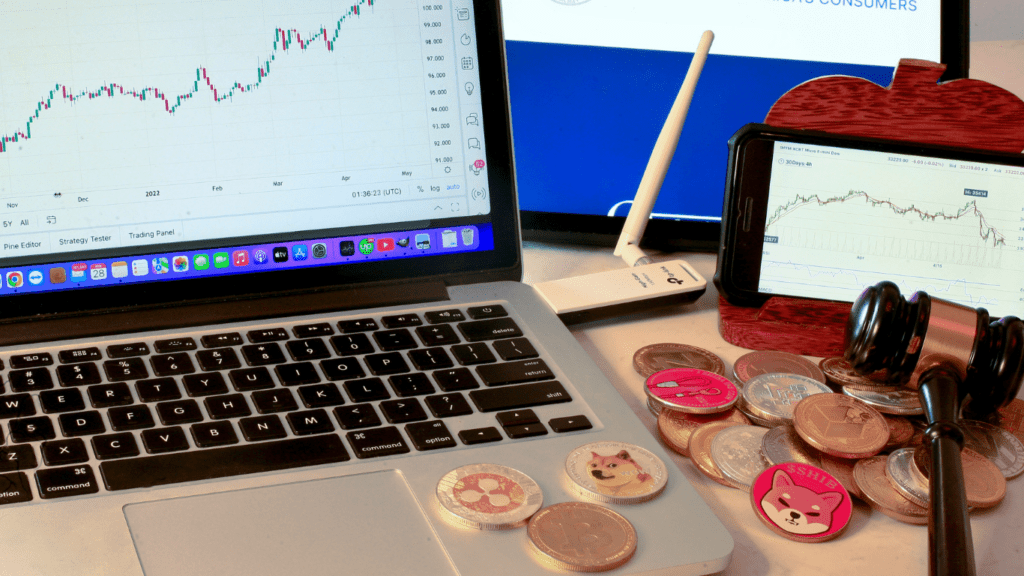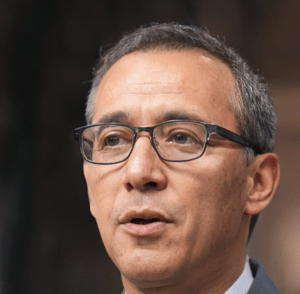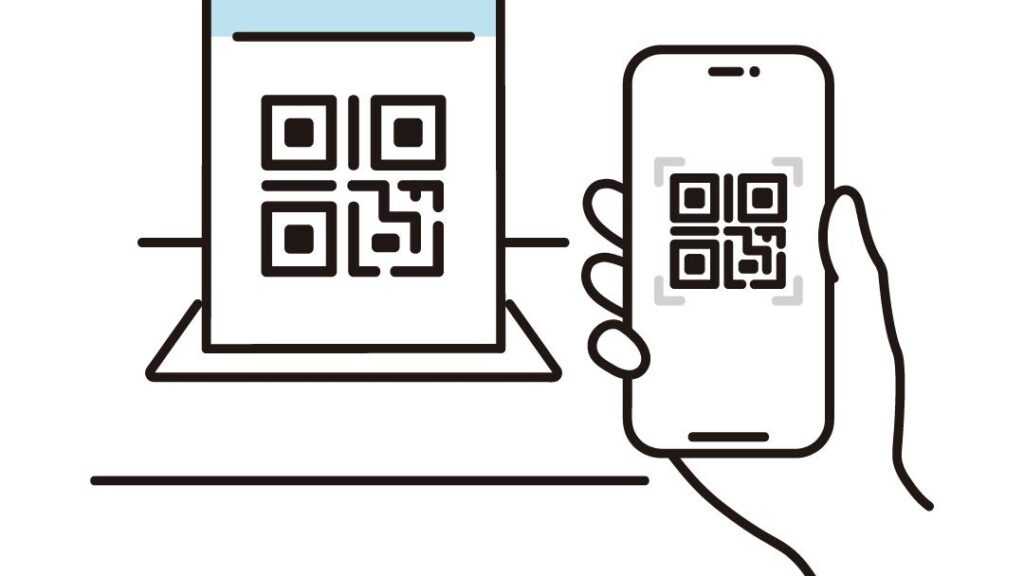Understanding DeFi
I’ve noticed that many people find DeFi complex. However, it’s simply an innovative finance model leveraging blockchain technology.
What is DeFi?
DeFi, short for Decentralized Finance, refers to a movement that provides financial services using smart contracts on blockchain networks, primarily Ethereum. Unlike traditional finance, DeFi operates without intermediaries like banks and offers direct access to financial products.
Key Components of DeFi
Key components of DeFi include:
- Smart Contracts: Self-executing contracts with the terms directly written into code. Examples: MakerDAO, Uniswap.
- Decentralized Applications (DApps): Software running on a blockchain network. Examples: Compound, Aave.
- Stablecoins: Cryptocurrencies pegged to a stable asset like the US Dollar. Examples: USDC, DAI.
- Decentralized Exchanges (DEXs): Platforms enabling peer-to-peer trading of cryptocurrencies. Examples: Uniswap, SushiSwap.
- Lending Platforms: Services allowing users to lend or borrow cryptocurrencies. Examples: Compound, Aave.
Each component works together to build a robust, decentralized financial ecosystem accessible to anyone with internet access.
The Current Financial Access Issue
Traditional financial systems have significant barriers that exclude many people from essential services. DeFi addresses these issues by creating a decentralized financial ecosystem accessible to anyone with an internet connection.
Traditional Financial Barriers
Traditional financial services require documentation like identification and credit history, which many people lack. High fees further hinder access. Geographical limitations prevent rural populations from accessing banks.
Compliance with various regulations can also be a costly barrier for small businesses and individuals. According to the World Bank, an estimated 1.7 billion adults remain unbanked, largely due to these barriers.
Population Affected by Financial Exclusion
Financial exclusion impacts billions globally, disproportionately affecting women, low-income individuals, and those in developing countries. Women are often denied financial services due to gender biases.
Low-income individuals can’t afford associated costs. People in developing nations face infrastructural limitations. Financial exclusion limits economic mobility, access to credit, and savings, perpetuating poverty. Data from the World Bank indicates that certain regions, like Sub-Saharan Africa and South Asia, have unbanked rates exceeding 50%.
How DeFi is Bridging the Gap
DeFi bridges the financial gap by offering services accessible to anyone with an internet connection. It provides financial products without traditional barriers, paving the way for a more inclusive economy.
Decentralized Loans and Borrowing
Decentralized loans enable borrowing without traditional financial intermediaries. Smart contracts automate the lending process on blockchain platforms like Ethereum.
Borrowers can access loans using cryptocurrency collateral, such as:
- Bitcoin
- Ethereum
reducing the need for credit checks and extensive documentation. This system enables individuals in regions with limited banking infrastructure to obtain credit and leverage opportunities for economic growth.
Peer-to-Peer Transactions

Peer-to-peer transactions streamline and secure financial exchanges. By allowing direct transactions between parties without intermediaries, DeFi reduces transaction costs and speeds up transfers.
Users can send and receive funds across borders instantly, making remittances cheaper and more efficient. This is particularly beneficial in underserved regions where traditional banking services are expensive or inaccessible.
Inclusive Investment Opportunities
DeFi democratizes investments by providing access to diverse financial products. Anyone can invest in tokenized assets, participate in yield farming, or stake their coins to earn interest.
These opportunities aren’t limited to accredited investors, offering small-scale investors ways to grow their wealth. Platforms like Uniswap and Compound enable everyday users to engage in financial markets that were previously out of reach, promoting financial inclusion and economic mobility.
Real-World Examples
DeFi is transforming financial accessibility worldwide. Below are specific instances of its impact.
Case Study 1: DeFi in Developing Countries
In Sub-Saharan Africa, nearly 57% of adults are unbanked. Companies like Celo offer mobile-first solutions, enabling users to send and receive cryptocurrency by phone number. This model bypasses traditional banking infrastructures. For example, in Kenya, M-Pesa integrates with DeFi services, facilitating easier cross-border transactions.
In Southeast Asia, platforms like Kiva Protocol partner with local banks to provide microloans through blockchain. Individuals in remote areas access financial services without extensive documentation. In regions where formal banking is scarce, DeFi ensures broader financial reach.
Case Study 2: Success Stories from Users
In Argentina, where inflation exceeds 50%, residents turn to DeFi for stablecoins like USDC. Maria, a local teacher, preserves her savings by converting pesos to stablecoins via platforms like Compound. This protects her assets from devaluation.
Freelancers globally, such as software developers in India, leverage DeFi platforms like Aave for collateral-free loans. With these loans, they invest in their businesses or cover expenses during off-project periods. This model offers financial flexibility, which is especially crucial for gig economy workers.
Through real-world examples, it’s clear how DeFi is dismantling traditional financial barriers and offering inclusive solutions.
Challenges and Risks
While DeFi offers promising solutions, it also faces several challenges and risks that need addressing for broader adoption.
Regulatory Concerns
Regulations in the DeFi space remain uncertain and varied across different jurisdictions. Governments struggle to create cohesive frameworks. For example, in the U.S., the SEC and CFTC often differ on classifying certain digital assets.
This lack of unified regulations makes it difficult for users to know their legal standing. Additionally, tax implications are still murky, with many users unsure how to report DeFi earnings. Without clear guidelines, mainstream adoption faces significant hurdles.
Security Issues
Security risks in DeFi are a considerable concern given the high-profile incidents of hacks and exploits. Smart contracts, while efficient, can contain vulnerabilities. In 2021 alone, hackers siphoned off over $10 billion from DeFi platforms.
Even audited smart contracts aren’t immune, as seen in the DAO hack, where $60 million was stolen due to a code flaw. Besides hacking, phishing attacks target individual users, compromising their digital wallets. Ensuring robust security measures is critical for DeFi’s credibility and growth.
Future of DeFi in Financial Inclusion
DeFi’s potential to revolutionize financial services is immense. As innovations continue to emerge, the future looks promising for global financial inclusion.
Innovations on the Horizon
DeFi trends show promising innovations that could enhance financial accessibility. Developers are focusing on layer-2 scaling solutions to improve transaction speeds and reduce costs, catering to a broader user base. Projects like Optimism and Arbitrum exemplify this trend by offering faster, more cost-efficient transactions.
Interoperability between different blockchain networks is another area of growth, aiming to create a seamless experience for users. Cross-chain solutions, such as Polkadot and Cosmos, facilitate communication between distinct blockchains, expanding the reach of DeFi applications.
Developments in decentralized identity (DID) solutions show potential for secure and transparent user verification. Projects like SelfKey and Ontology work on blockchain-based systems to simplify the KYC process without compromising user privacy.
Potential for Global Adoption
DeFi’s potential for global adoption is significant. Emerging markets, particularly in regions like Africa and Asia, stand to benefit the most. Mobile-first DeFi platforms can promote financial inclusion by reaching unbanked populations. For example, Celo’s mobile integration offers affordable financial services accessible to anyone with a smartphone.
Partnerships between DeFi platforms and traditional financial institutions could streamline onboarding processes, making DeFi services more accessible to mainstream users. Collaborations like those between Chainlink and various banks create hybrid financial products that merge traditional and decentralized elements.
Enhanced regulatory frameworks can also contribute to global adoption. Clear, standardized guidelines across jurisdictions can reduce legal uncertainties and promote investor confidence. Nations like Switzerland and Singapore are already leading by example, offering favorable environments for DeFi development.
Developments in these areas indicate that DeFi has the potential to make financial services more inclusive globally, improving the lives of millions.



 Founder & CEO
Daniel Anderson is the visionary founder and CEO of the website, leading the charge in revolutionizing the crypto space. With a deep understanding of blockchain technology and years of experience in the industry, Daniel has established himself as a key figure in the cryptocurrency world. His passion for decentralization and financial innovation drives the platform’s mission to deliver cutting-edge insights and resources for crypto enthusiasts, traders, and investors. Under his leadership, the website has grown into a trusted hub for the latest trends, news, and developments in the digital asset space.
Founder & CEO
Daniel Anderson is the visionary founder and CEO of the website, leading the charge in revolutionizing the crypto space. With a deep understanding of blockchain technology and years of experience in the industry, Daniel has established himself as a key figure in the cryptocurrency world. His passion for decentralization and financial innovation drives the platform’s mission to deliver cutting-edge insights and resources for crypto enthusiasts, traders, and investors. Under his leadership, the website has grown into a trusted hub for the latest trends, news, and developments in the digital asset space.
